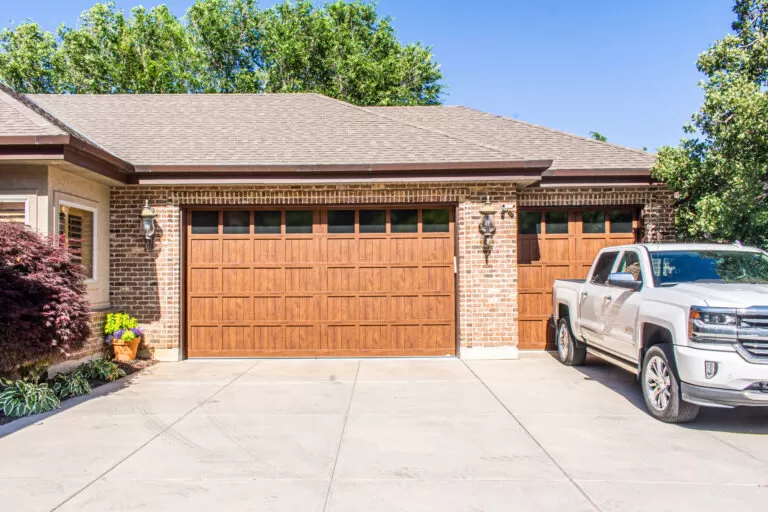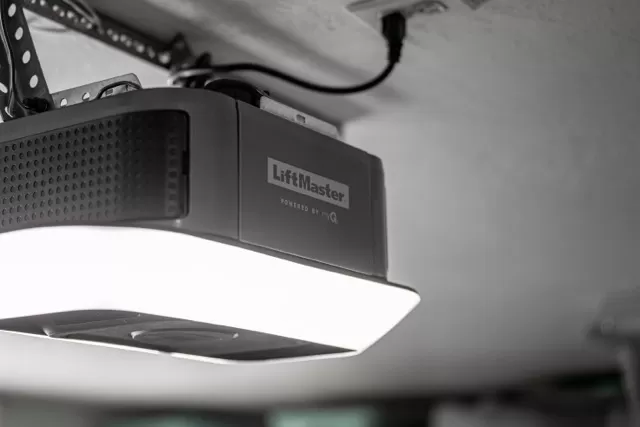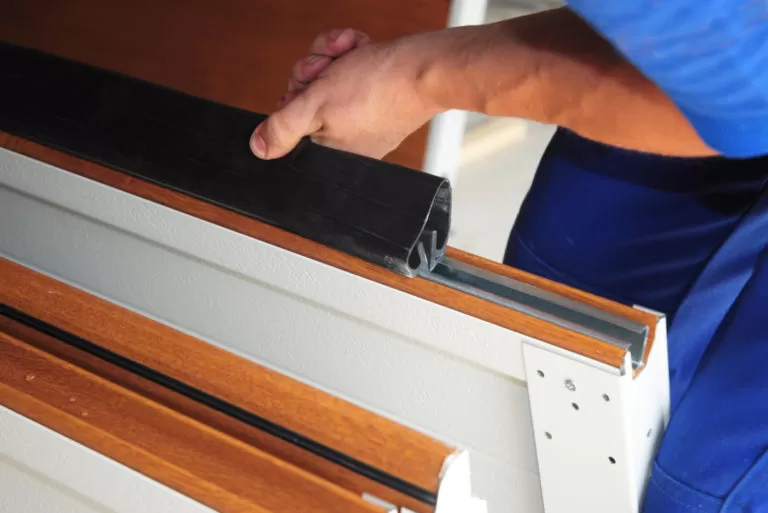
Building codes are essential in maintaining the safety, durability, and performance of structures, particularly in areas prone to extreme weather events. One crucial aspect of building codes that homeowners and builders must address is wind load — the amount of wind pressure a structure, such as a garage door, can withstand during high-wind events like hurricanes, tornadoes, and straight-line winds. However, these codes can vary significantly from state to state, and even from one municipality to another. In this blog, we will explore how building codes related to wind load requirements for garage doors differ across the United States, and how these regulations affect homeowners and builders.
The Importance of Wind Load for Garage Doors
Wind load is a key factor in ensuring that structures, particularly garage doors, remain intact during extreme wind conditions. Garage doors are often one of the weakest points in a home’s defense against wind. When strong winds or debris impact the door, it can cause significant damage, leading to the collapse of the garage or even allowing wind to penetrate the interior of the house, causing additional damage. For this reason, garage doors in high-wind zones must be designed and constructed to handle greater wind pressures.
Wind load is measured in pounds per square foot (PSF), and it is determined based on several factors, including:
- Wind speed: The stronger the winds, the higher the wind load the door must withstand.
- Wind direction: Winds coming from different directions can exert different forces on a door.
- Height of the structure: Taller buildings or garages may experience stronger winds at higher elevations.
- Surface area of the door: Larger doors present more surface area for wind to impact.
- Roof slope: The angle of the roof can influence the wind’s impact on the structure.
- External objects: Objects around the house, like trees or fences, can redirect or block wind, affecting wind load.
- Internal pressure: A windstorm can create a pressure differential between the inside and outside of a building, which needs to be considered in the wind load calculation.
Wind Load and Building Codes Across States
While wind load is a universal concern, the specific building codes related to wind-rated garage doors can vary depending on the state or even the municipality. Below is a breakdown of how different states and regions across the U.S. approach these regulations.
States with Specific Wind Load Requirements for Garage Doors
Certain states, especially those prone to hurricanes or other high-wind events, have established specific wind load requirements for garage doors. These include states along the Gulf Coast, Atlantic Coast, and in areas subject to tornadoes or extreme straight-line winds.
Some of the states with these requirements are:
- Florida
- Texas
- Louisiana
- North Carolina
- South Carolina
- Georgia
- Alabama
- Mississippi
- Other coastal states prone to hurricanes
These regions typically require wind-rated garage doors that meet the standards for hurricane or storm protection. Garage doors in these areas must be able to withstand not only high wind speeds but also flying debris, which is a significant factor during storms. For instance, Florida has some of the strictest building codes in the nation due to the frequency and intensity of hurricanes, while Texas and Louisiana also experience extreme weather conditions such as tornadoes and hurricanes, making wind-rated doors a necessity.
States with State-Level Adoption of Building Codes
Some states have adopted building codes at the state level to ensure consistency and safety across the entire state. These states enforce uniform requirements for wind load ratings for garage doors and other structural elements. The states that have adopted state-level building codes include:
- Connecticut
- Florida
- Kentucky
- Massachusetts
- Michigan
- Minnesota
- Montana
- Ohio
- Rhode Island
- Wisconsin
In these states, the building codes set the minimum requirements for garage doors, ensuring that all new constructions, including garage doors, are designed to meet a certain standard for wind resistance.
States Requiring Local Municipalities to Adopt Amendments
Some states have adopted building codes at the state level but allow local municipalities to amend or add additional requirements based on local conditions. This means that while the state sets a baseline for building codes, individual cities or counties may have stricter regulations, particularly in areas more prone to severe wind events.
States in this category include:
- Arkansas
- California
- Georgia
- Hawaii
- Idaho
- Indiana
- Louisiana
- Maine
- Maryland
- New Hampshire
- New Jersey
- New Mexico
- New York
- North Carolina
- North Dakota
- Oklahoma
- Oregon
- Pennsylvania
- South Carolina
- Utah
- Vermont
- Virginia
- Washington
- West Virginia
For example, while California has adopted statewide building codes, coastal cities may have stricter regulations to account for the risk of earthquakes and high winds, while inland regions may focus on other aspects of building safety. Similarly, in states like New Jersey, local municipalities near the coast may have their own stringent regulations related to wind load for garage doors.
States with Local-Level Adoption of Building Codes
In other states, building codes, including those for wind load and garage doors, are determined at the local level. This means that cities, counties, or even neighborhoods may have different requirements for wind load resistance based on regional climate and weather patterns. These states include:
- Alabama
- Alaska
- Arizona
- Colorado
- Delaware
- Illinois
- Iowa
- Kansas
- Mississippi
- Missouri
- Nebraska
- Nevada
- South Dakota
- Tennessee
- Texas
- Wyoming
For instance, in Texas, areas along the coast may require more stringent wind-rated doors than areas farther inland. Similarly, in states like Arizona, where wind storms can occur, there may be local building codes to address wind load, even if the state code does not specify such requirements.
Wind Code Certifications and Wind Load Ratings for Garage Doors
In areas subject to high wind speeds, it’s crucial to choose garage doors that are specifically rated to handle those conditions. The Wind Code system is a rating system used to measure a garage door’s ability to withstand high winds, including those from hurricanes, tropical storms, and straight-line winds.
Wind Code ratings take several factors into account, such as:
- Garage door size: Larger doors need to be able to withstand greater wind pressure.
- Roof height: Higher roofs may experience higher wind speeds.
- Wind speed: Wind load ratings must be based on the specific wind speeds that an area may experience.
- Door location: Doors located on the perimeter of a structure may be more exposed to wind.
Wind Code-certified garage doors are labeled by manufacturers and inspected to meet these standards. This certification helps builders, inspectors, and homeowners ensure that the doors meet local and state wind load requirements.
Upgrading Garage Doors for Wind Load Resistance
To meet these wind load requirements, many manufacturers offer reinforced garage doors with features designed to withstand high winds, such as:
- Reinforced rollers and tracks
- Thicker headers
- Stronger panels and framing
When replacing or upgrading a garage door, it is essential to work with a professional to ensure that the door meets the specific wind load requirements for your area. In some cases, a wind load-rated garage door may require additional structural reinforcement to meet local or state codes.
Conclusion
Building codes related to wind load requirements for garage doors vary significantly depending on the state and local area. In high-wind regions such as coastal states and tornado-prone areas, wind load requirements are especially important to ensure the safety and integrity of the home. Whether building a new home or replacing an old garage door, it’s essential to understand the local regulations and select a wind-rated garage door that meets the necessary standards for your location. By doing so, you help ensure the safety of your home and family during extreme weather events.





